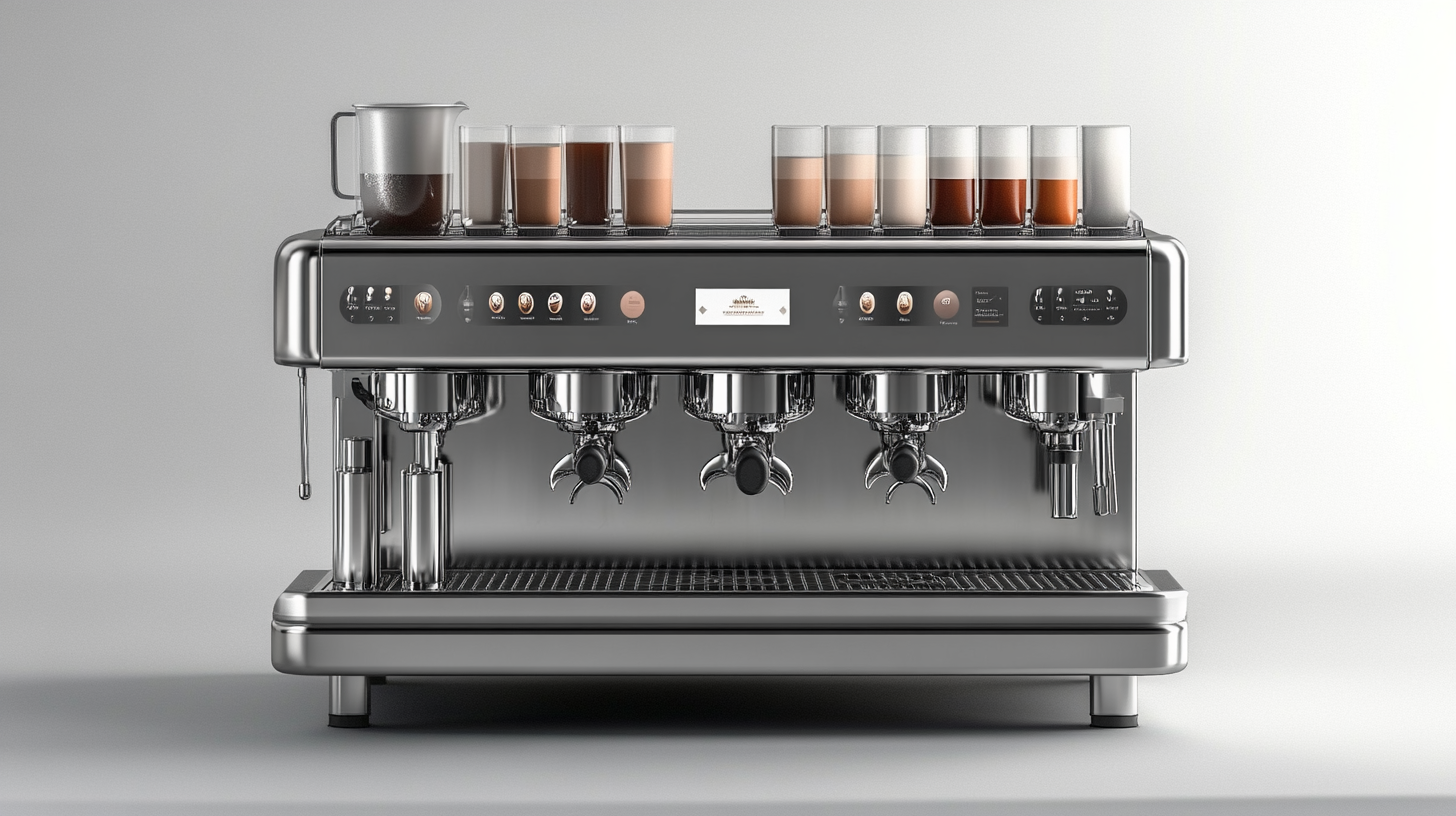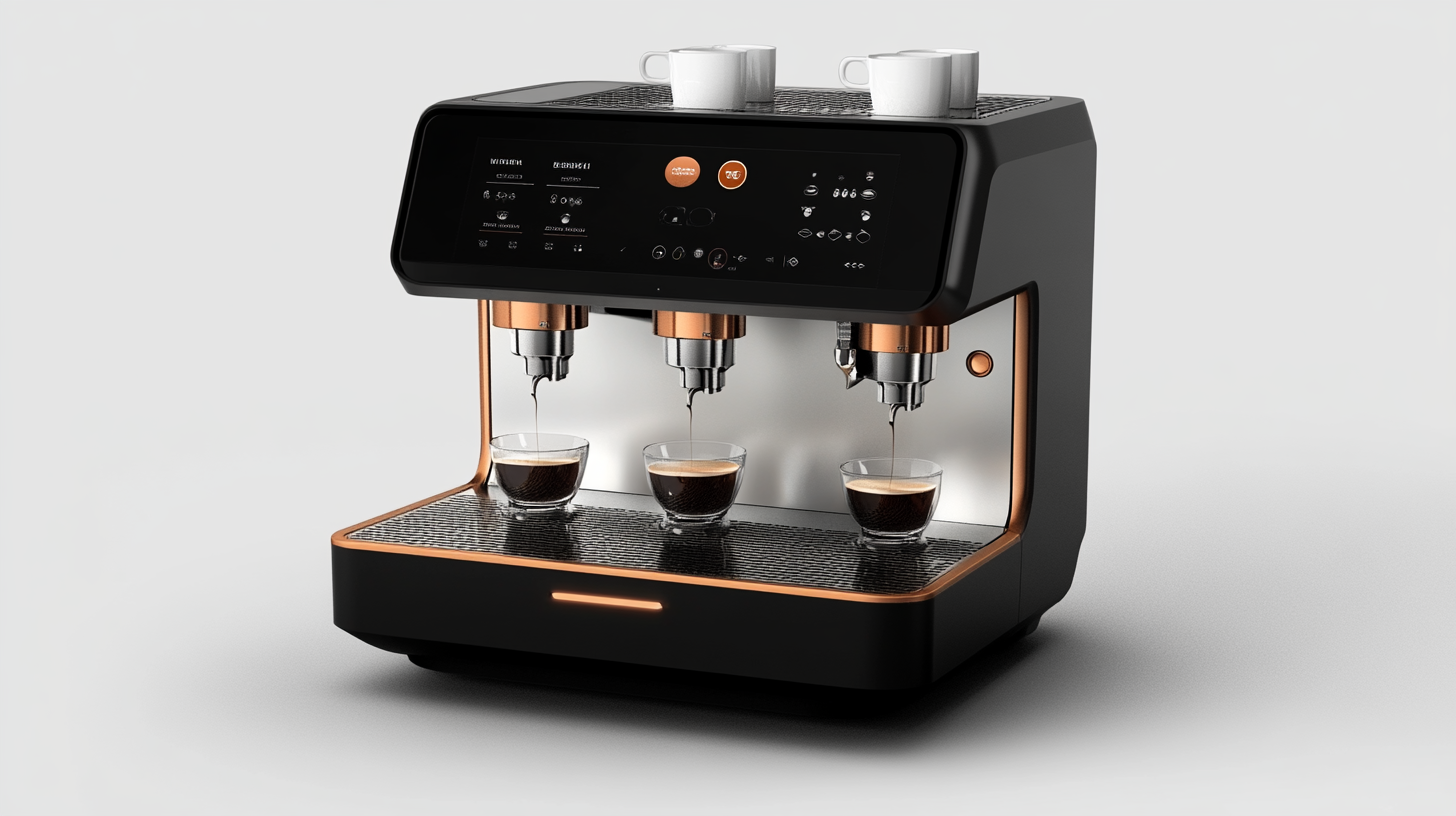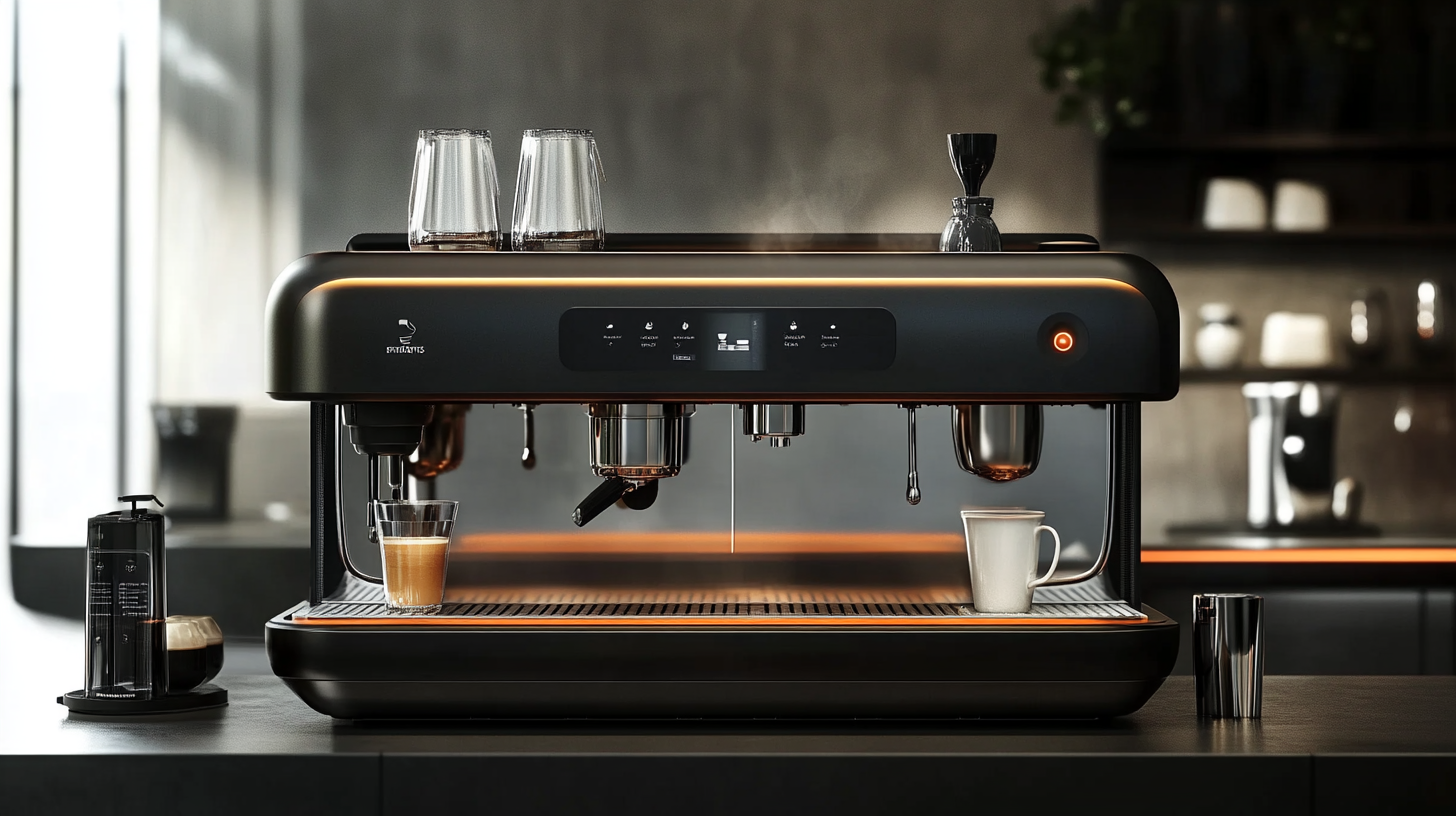Essential Factors to Evaluate Before Investing in an Automated Barista System for Your Business
In today's fast-paced and competitive market, businesses are constantly seeking innovative solutions to enhance customer experience and streamline operations. One such groundbreaking innovation is the Automated Barista, a cutting-edge system that promises to revolutionize the way coffee is served. As the demand for high-quality, expertly crafted beverages continues to rise, investing in an Automated Barista could provide a significant competitive edge. However, before making such a substantial investment, it is essential to evaluate several critical factors that can impact both the initial cost and long-term success of the system. From assessing the technological capabilities to understanding the maintenance requirements and the potential return on investment, businesses must carefully analyze their specific needs and goals. This blog will explore the essential factors you need to consider to ensure that your investment in an Automated Barista aligns perfectly with your overarching business strategy and customer expectations.

Identifying Your Business Needs and Objectives for Automation
Before investing in an automated barista system, it’s essential to identify and articulate your specific business needs and objectives. Start by evaluating your current operational workflow and determining how automation can enhance efficiency. Are you facing high demand during peak hours that strains your staff? An automated system can streamline service, reduce wait times, and maintain consistency in beverage quality, making it a valuable solution for busy cafes or coffee shops.
Additionally, consider your target market and customer preferences. Are your patrons seeking specialty coffee experiences, or do they prioritize speed and affordability? Understanding these factors will guide you in selecting an automated barista system that aligns with your brand identity and customer expectations. For instance, some systems offer customization options that can cater to diverse tastes, while others may focus on high efficiency for quick service.
Finally, assess your long-term business goals. If you plan to expand or diversify your offerings, choose a system that is adaptable and can grow with your business. Investing in the right automated barista system not only addresses immediate operational challenges but also positions your business for future success in an evolving market.
Essential Factors to Evaluate Before Investing in an Automated Barista System for Your Business
| Factor | Description | Importance Level | Estimated Cost |
|---|---|---|---|
| Business Type | Identify whether your business is a café, restaurant, or event space. | High | $0 |
| Volume of Sales | Estimate the number of beverages sold daily to evaluate automation needs. | High | $0 |
| Customer Experience | Determine how automated barista systems can enhance customer service. | Medium | $0 |
| Space and Layout | Assess the physical space available for the installation of the system. | Medium | $0 |
| Budget Constraints | Set a budget for the investment including purchase and maintenance costs. | High | $15,000 - $50,000 |
| Technical Support | Evaluate the level of technical support provided by the supplier. | Medium | $0 |
| Integration with Existing Systems | Check if the system can integrate with your current POS or inventory systems. | High | $0 |
| Customization Options | Examine the ability to customize drink options based on your menu. | Medium | $0 |
Understanding the Cost Implications of Automated Barista Systems
When considering the implementation of an automated barista system in your business, understanding the cost implications is crucial. At first glance, the initial investment may seem daunting, as automated systems can range significantly in price based on complexity and features. It's essential to look beyond the purchase price and evaluate the total cost of ownership, which includes installation, maintenance, training for staff, and potential upgrades. Factoring in these elements will provide a clearer picture of how this investment will impact your business' bottom line.
Another critical aspect is the return on investment (ROI) that an automated barista system can deliver. By streamlining operations and increasing efficiency, these systems can significantly reduce labor costs and minimize errors in beverage preparation. Businesses must analyze their current labor costs and customer demand to project potential savings and increased profits from enhanced service speed and consistency. Additionally, consider the long-term savings on supplies, as many automated systems can use ingredients more efficiently, further boosting profitability. Balancing the costs against the advantages will guide you in making an informed decision that aligns with your business goals.

Evaluating Technology Compatibility and Integration Options
When considering the integration of an automated barista system into your business, evaluating technology compatibility is paramount. The success of such a system hinges on its ability to seamlessly meld with existing technologies. Businesses often employ various systems for transactions, inventory management, and customer engagement, so ensuring that your chosen automated barista can communicate with these platforms is vital. This not only enhances operational efficiency but also minimizes disruptions during the transition.
Moreover, exploring integration options is equally crucial. Automated systems often come with a variety of features, from contactless payment acceptance to advanced data analytics tools. Understanding the specific needs of your business will help determine which features are essential for optimal performance. For instance, businesses focused on customer experience should prioritize systems that offer customizable interactions and robust data insights. By carefully assessing these compatibility and integration factors, businesses can position themselves for success in a market increasingly driven by technology and consumer expectations.

Assessing Quality and Consistency of Coffee Production
When considering the implementation of an automated barista system, one of the most critical factors is the quality and consistency of coffee production. A dependable system should deliver the same high-quality brew every time, regardless of the volume of orders. This consistency not only enhances customer satisfaction but also builds brand loyalty. Evaluating the technology behind these systems is essential; advanced machines often incorporate precise temperature control, pressure settings, and grind quality to ensure an optimal cup.
Moreover, the training and calibration of the automated barista system play a significant role in achieving consistent quality. Many of these systems allow for customization of recipes, which can be tailored to match the unique flavor profiles desired by your business. Regular maintenance and updates are crucial to prevent any deviations in coffee quality due to wear and tear. By focusing on these aspects, businesses can ensure that they are not just investing in machinery, but in a reliable coffee experience that meets customer expectations.
Assessment of Coffee Quality Factors in Automated Barista Systems
Exploring Customer Experience and Engagement Enhancements with Automation
Investing in an automated barista system offers a unique opportunity to enhance customer experience and engagement in the competitive landscape of the food and beverage industry. Automation, much like the recent advancements seen in AI-enabled customer service, allows businesses to provide personalized and efficient interactions with their patrons. According to a report by NICE, companies that implement automation across their customer experience (CX) journey see a significant uptick in customer satisfaction, with 70% of consumers preferring automated solutions for quick service requests.
Moreover, integrating AI-driven analytics in retail can dramatically transform customer interactions. A study highlighted in the "AI-Driven Personalization in Retail Analytics" report shows that businesses leveraging automation have seen a 25% increase in customer retention rates. By utilizing data insights, automated barista systems can learn customer preferences over time, tailoring drink suggestions and reducing wait times, ultimately fostering a more engaging environment.
As businesses look to enhance their customer engagement strategies, evaluating the potential of automated systems is essential. With efficient service delivery and personalized experiences, these technologies not only streamline operations but also create memorable interactions that keep customers returning. The focus on automation not only meets current consumer expectations but also sets the stage for future growth in the hospitality space.